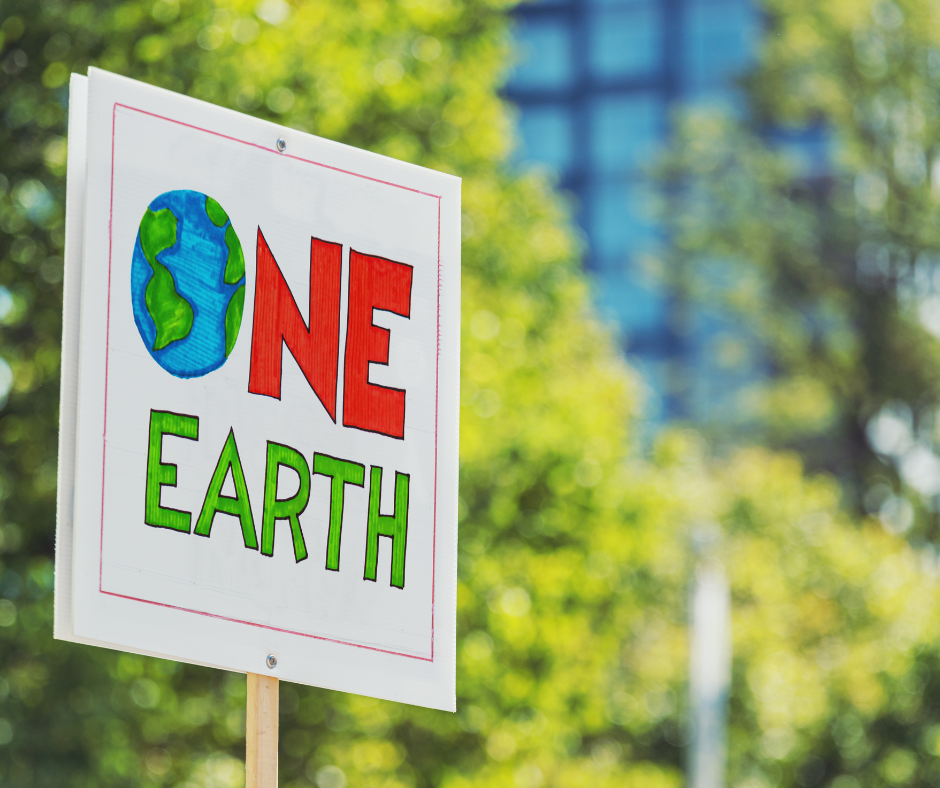In this country, great change often starts at the grassroots level. Social activists lobby for a change they believe is needed. Individuals who agree with that belief join the movement. When there is a big enough groundswell, the government begins to adopt that change. Often, this takes years and years—although sometimes, it happens practically overnight.
The United States is a country of We, the People. It is structured for power to flow from the bottom up. It’s how the Constitution was written, and from the Declaration of Independence onward, throughout American History, the power has always been with the people.
Of course, I am a realist, and I know that there is centralized power in the government that doesn’t always operate or act the way the people would like. But this country was founded on the concept that, through the electoral process, the people have the power. And while the system doesn’t always work perfectly, many of the great changes in this country have started at the grassroots level: with We, the People. Throughout American history, we have seen grassroots movements gain momentum until change becomes unstoppable—the Women’s Suffrage movement of the mid-nineteenth century or the Civil Rights movement led by Dr. Martin Luther King, to name just two prime examples.
The green movement has long been a grassroots movement—and along the way, it has run into challenges such as greenwashing, which have undermined its forward momentum. The movement has become big enough that it needs laws and regulations, so the “green” label can be reclaimed and carry actual objective meaning with a scientific foundation.
How does a grassroots movement, that has grown from the bottom up, become enshrined in law? We have an excellent example in another environmentally conscious movement that grew from the grassroots level: organic food.
In the 1950s and 1960s, organic gardening was not mainstream, although it had some popularity. In the 1970s, as the environmental movement began to rise, organic foods became more in demand. However, there was really only one way to know for certain whether your food was organic and not chemically treated or subjected to pesticides: buy it directly from the growers. It was up to the individual consumer to determine whether the food they were purchasing was organic.
In 1972, the International Federation of Organic Agricultural Movements was founded, with the intention of encouraging organic farming practices worldwide. Organic food continued to grow in popularity; less than 20 years later, the organic food industry totaled around $1 billion in sales, and in 1990, Congress passed the Organic Foods Production Act, which established uniform national standards for organic food.
This Act authorized a new USDA National Organic Program (NOP) to certify that producers meet the standards set by the NOP; if they do, they can label their products as “USDA Certified Organic.”[1] With this label, consumers can see at a glance whether the product they were buying is, in fact, organic. Since the implementation of this program, organic food sales have continued to skyrocket, growing from $13.26 billion in 2005 to $50.07 billion in 2019.
Like the organic movement, the green movement started as a grassroots movement but has now grown big enough that an objective, consistent standard needs to be applied—a standard like the one ICEMAN provides. But ICEMAN is not just a way to regulate a grassroots movement; ICEMAN can also operate on a grassroots level, building the momentum of the larger movement to combat climate change.
The green movement is already working on a grassroots level, as individuals are taking personal responsibility for being more environmentally conscious—recycling, using reusable bottles and bags, buying electric vehicles, and putting solar panels on their houses. And this grassroots movement has already expanded from the individual level up to the level of towns and municipalities—of which my own town of East Hampton is a perfect example. Our goal of being 100 percent renewable prompted neighboring towns and municipalities to adopt their own renewable goals until the whole state of New York had a renewable energy goal—and the ripples from this grassroots movement have continued to spread. For example, there are now at least four different wind farm developers building wind farms off the East Coast to supply electric utilities from the Boston area to the Carolinas.
ICEMAN can feed into this grassroots movement by helping individuals choose products and services that have lower carbon footprints. This in turn can set off a positive feedback loop, driving companies to alter their manufacturing practices to be lower carbon and in turn driving cities, states, and even countries to invest in lower-carbon infrastructure. This positive feedback loop, combined with the momentum of a people-powered grassroots movement, can truly drive huge change in the fight to save our planet.
[1] Statista, “Organic Food Sales in the U.S. 2019,” May 2021, https://www.statista.com/ statistics/196952/organic-food-sales-in-the-us-since-2000/.
